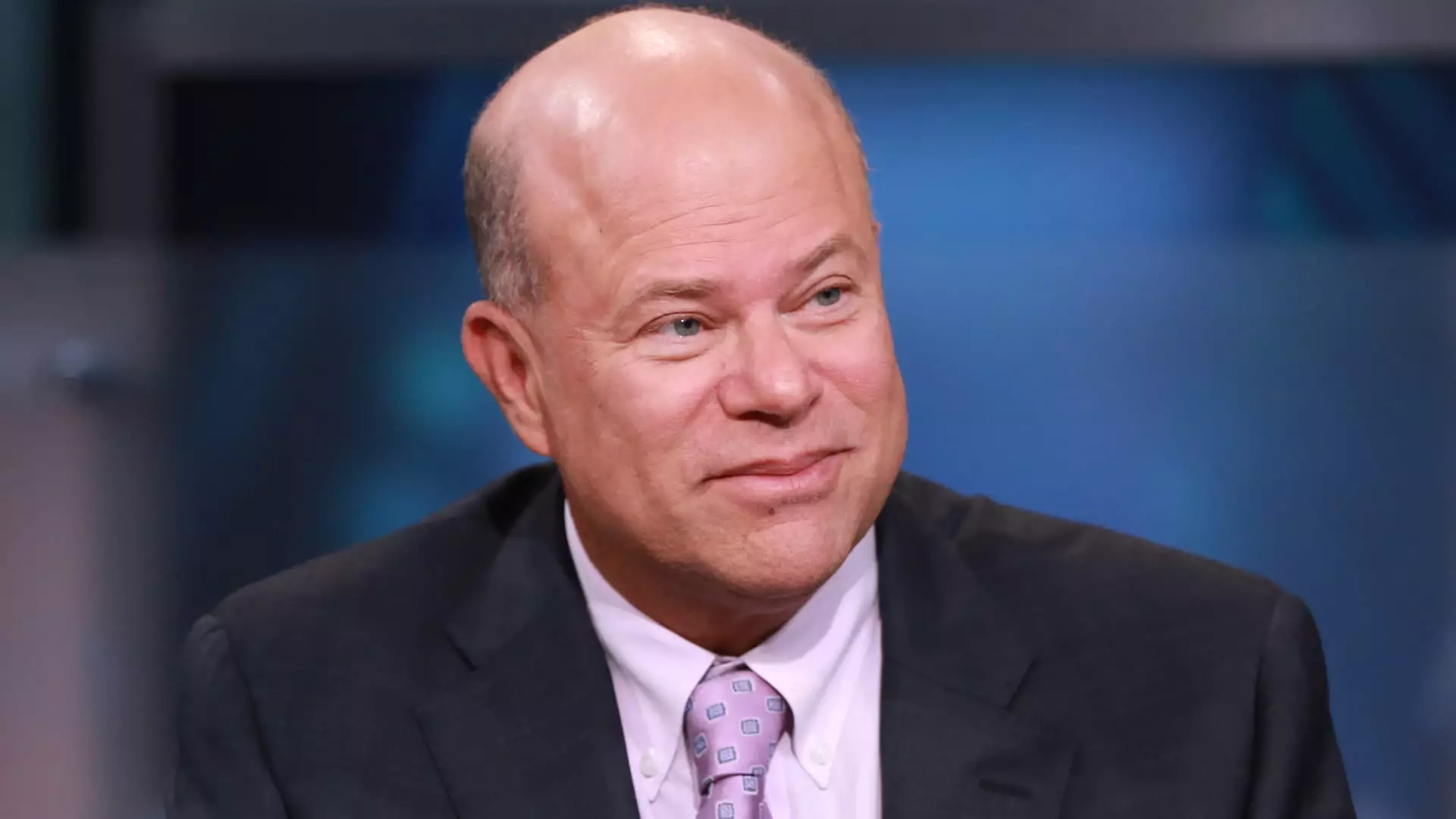The financial landscape is perpetually evolving, and navigating it requires keen insights from seasoned investors. One figure who consistently draws attention for his financial acumen is David Tepper, founder and president of Appaloosa Management. Recently, Tepper shared his observations regarding the Federal Reserve’s recent interest rate cuts, their implications for the stock market, and his investment strategy moving forward. This article dissects Tepper’s views, contextualizes them within the current economic framework, and evaluates the potential risks and rewards for investors.
Tepper argues that investors should heed the Federal Reserve’s assurances regarding future interest rate reductions. His perspective hinges on the necessity for the Fed to maintain credibility in its monetary policy. Speaking on a CNBC segment, Tepper pointed out that Federal Reserve Chairman Jerome Powell is compelled to adhere to his stated plans, as any deviation could undermine public confidence in the central bank’s guidance. The Fed’s recent decision to reduce benchmark rates by half a percentage point marks the onset of its first easing campaign in four years—an aggressive strategy against the backdrop of what many perceive as a stable economic environment.
Tepper’s analysis draws a parallel to the Fed’s actions during the late 1990s, a tumultuous era preceding the dot-com bubble. He notes that the current macroeconomic climate mirrors those times, prompting him to express trepidation over the potential consequences of lowering rates in an otherwise resilient economy. The Fed’s own “dot plot” forecasts additional rate cuts, suggesting that policymakers feel compelled to act judiciously to preserve their stature. Tepper further postulates that the central bank may need to execute two or three further cuts of 25 basis points each to solidify its credibility in the eyes of the market.
The Dichotomy of a Booming Economy and Rate Cuts
Despite the strength exhibited by the U.S. economy—evidence of which can be seen in a forecasted 3% growth for the third quarter—the Federal Reserve’s drastic measures raise eyebrows. Economic indicators reveal growing consumer spending and, paradoxically, persistent inflation above the Fed’s 2% target. Tepper acknowledges this disconnect, indicating that while the economy appears robust, the labor market has shown signs of slowdown, which he identifies as a catalyst for the Fed’s aggressive rate reduction.
This juxtaposition invites skepticism. On the one hand, a strong economy generally absolves the need for rate cuts; on the other, Tepper’s apprehension about potential market overheating should not be overlooked. The precedents set during the late 1990s linger as a cautionary tale—a reminder that excessive liquidity can lead to speculative excess and ultimately, market corrections or crashes.
In light of his concerns, Tepper’s investment strategy remains intriguingly cautious yet opportunistic. While he personally does not favor the U.S. stock market on a value basis, he refrains from taking short positions. The rationale here is clear: Tepper recognizes the immediate positive effects that an accommodative monetary policy has on equities. However, he exercises discernment in his approach, indicating that the current conditions heighten his anxiety about the sustainability of market valuations.
In a surprising turn, Tepper also revealed a pivot towards investments in China, spurred by recent rate cuts and governmental support aimed at revitalizing its economy. This strategic shift not only reflects Tepper’s adaptability in recognizing global market movements but also his inclination towards Asian and European markets over U.S. equities. This choice underlines an important aspect of global investment strategy—diversification amidst uncertainty.
David Tepper’s insights provide a lens through which investors can evaluate the implications of Federal Reserve actions amid a complex economic backdrop. His comprehensive analysis highlights the delicate balance between maintaining economic stability and ensuring the credibility of monetary policy. Ultimately, the evolving dynamics of interest rates, inflation, and market sentiment will significantly shape investment strategies and outcomes. For investors, remaining alert to these signals and adapting accordingly will be key in navigating the uncharted waters of today’s financial landscape.

